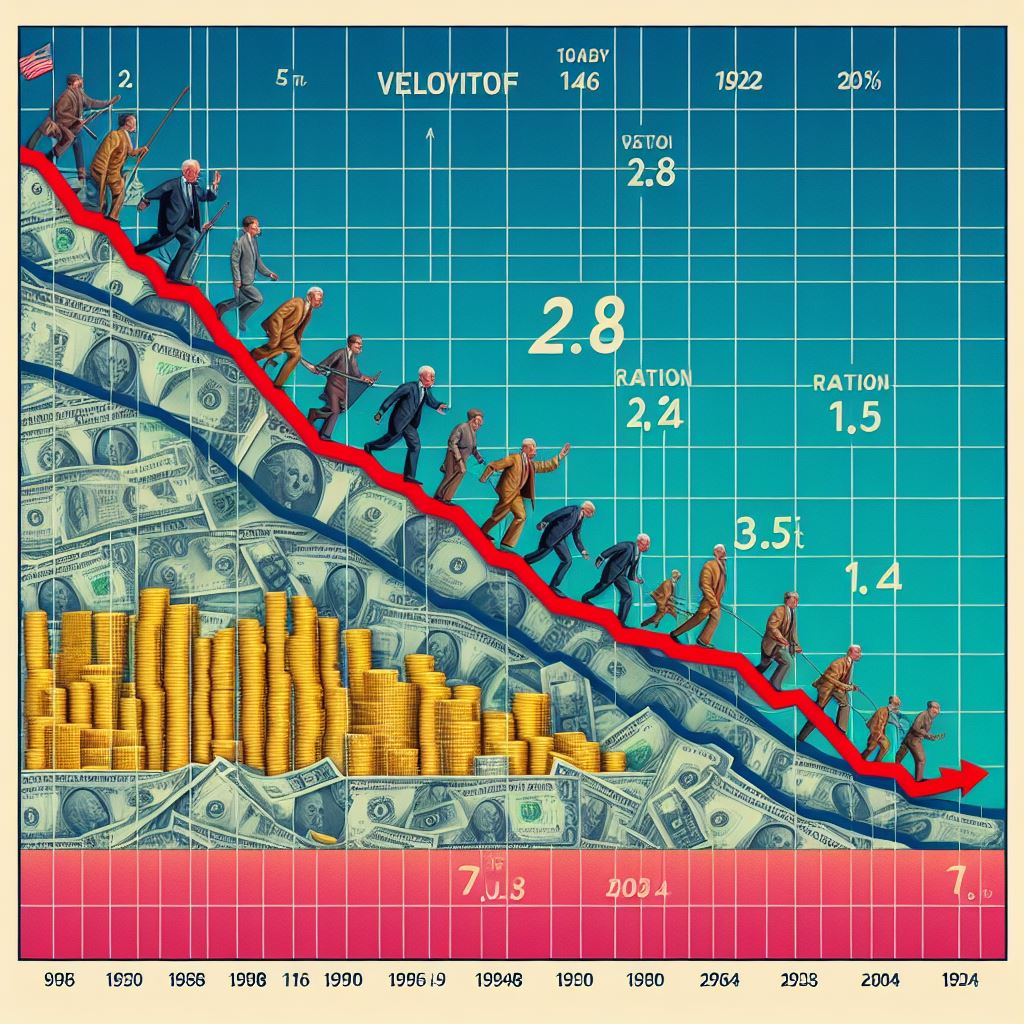In economic theory, the velocity of money refers to the speed at which money circulates within an economy. It measures how frequently a unit of currency changes hands in a given time period.
Here are some key points:
- Definition:
- The velocity of money represents the rate at which money in circulation is used for purchasing goods and services.
- It reflects the activity level of money within the economy.
- Formula:
- The velocity of money (V) can be calculated as: (V = Total Expenditures\Money Supply)
- Where:
- (Total Expenditures) refers to the total value of transactions (purchases) made using money.
- (Money Supply) represents the total amount of money available in the economy.
- Significance:
- Economists and investors use money velocity to assess the health and vitality of an economy.
- High money velocity is typically associated with a healthy, expanding economy.
- Conversely, low velocity may indicate economic stagnation or inefficiency.
- Factors Influencing Velocity:
- Consumer Behavior: How frequently consumers spend money affects velocity.
- Business Transactions: Frequent business transactions contribute to higher velocity.
- Interest Rates: Lower interest rates may encourage spending and boost velocity.
- Role in Monetary Policy:
- Central banks consider money velocity when formulating monetary policy.
- Changes in velocity impact inflation, interest rates, and overall economic stability.
- Debt Circulation:
- Apart from money, the velocity of debt circulation is also relevant.
- Debt velocity relates to how quickly debt is repaid by borrowers.
In summary, understanding money velocity helps economists gauge economic activity and make informed policy decisions.
It’s a dynamic concept that reflects the pulse of financial transactions within an economy12.
For further exploration, you can refer to the original research article titled “The Key Role of the Velocity of Circulation of Money and Credit” published in the Oxford Economic Papers by Erin E. Jucker-Fleetwood in 1958


